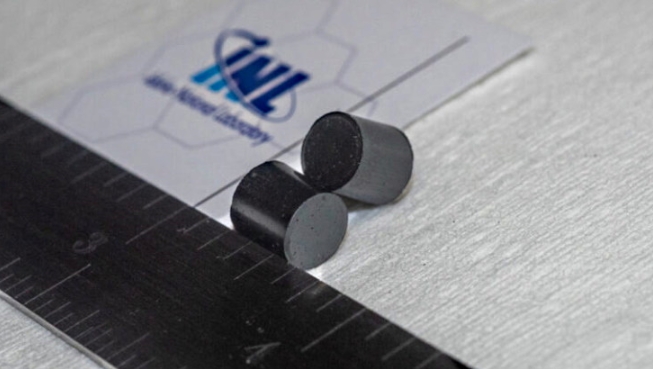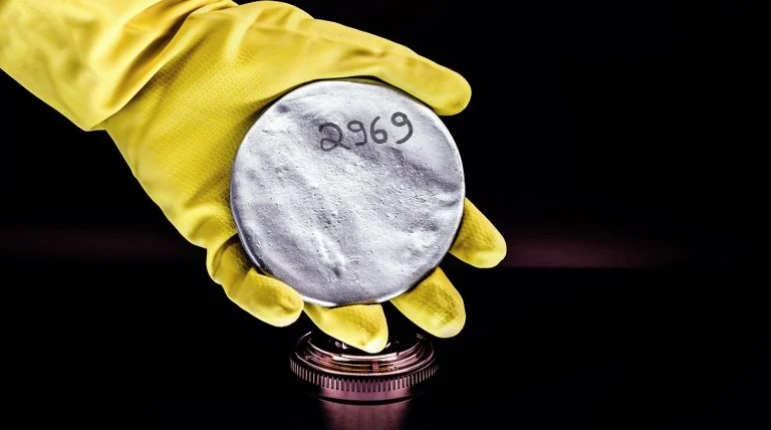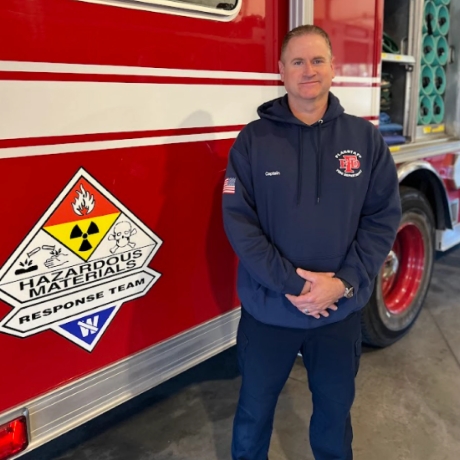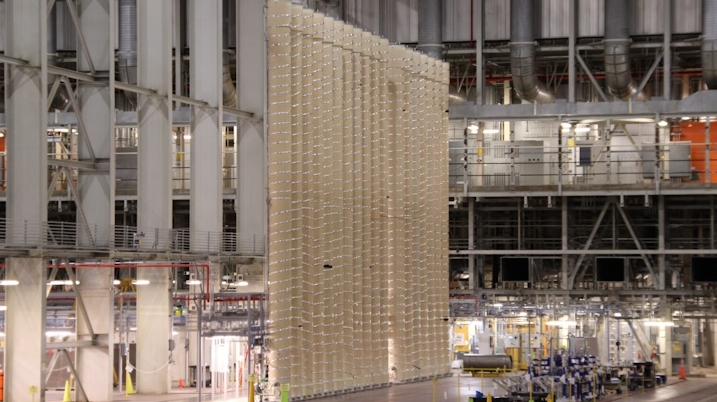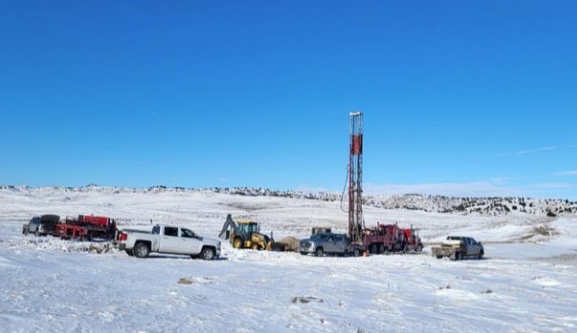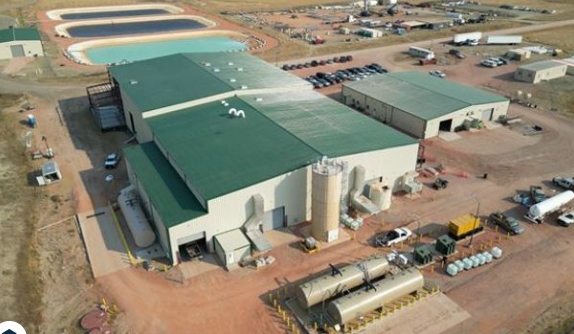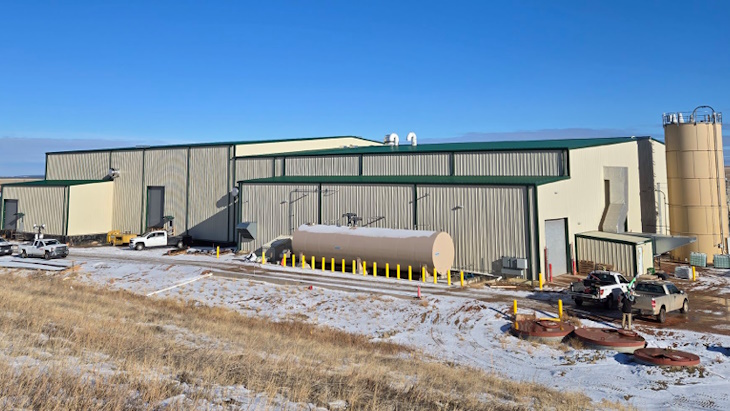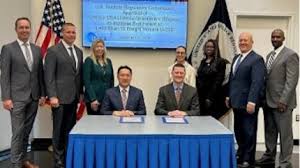
Eslami mentioned that these units are being built at a fast pace, despite some initial delays. He noted that full funding for the project has been secured, and construction typically takes around 7-9 years. Currently, approximately 5,000 workers are actively involved in the project.
The Vice President emphasized that delays in construction up until 2023 have been resolved, and progress is now on track. Eslami added that both the equipment and supplies for the plant are being manufactured in both Russia and Iran, showcasing a strong alignment with international cooperation.
He revealed that the second and third units of the Bushehr Nuclear Power Plant are expected to come online by March 2029, significantly boosting Iran’s electricity generation capacity. With this, Iran’s Bushehr Nuclear Power Plant will increase its output from 1,000 megawatts to 3,000 megawatts.
Furthermore, Eslami highlighted the ongoing construction of the Karoon Nuclear Power Plant in the Darkhovin district of southwestern Khuzestan province. Orders for the required equipment and supplies have already been placed with factories.
The first unit of Iran’s Bushehr nuclear power plant began operations in 2011, and an Iranian company took over its operation from Rosatom in 2013. Since then, this unit has been the most energy-efficient, generating 1,000 megawatt hours of electricity. Over the past decade, Bushehr NPP has surpassed 65 billion kilowatt-hours in electricity generation.
Construction of Blocks 2 and 3 began in 2017 on an area of 50 hectares. Once operational, each of these units will generate 1,057 megawatts of electricity. The commissioning of these two units will save 10 million barrels of crude oil or 1.6 billion cubic meters of gas per year, while also preventing the release of 7 million tons of polluting gases into the environment.
Currently, construction on Blocks 2 and 3 is 17% complete. The project remains on track to meet its ambitious timeline.
